Saccharin is the oldest and most famous of all sugar substitutes. It is a non-nutritive sweetener (does not generate calories). Its name is as famous as the flavoring agent monosodium glutamate commonly known as "MSG". It is mainly used in the food industry, and can also be used in toothpaste, cigarettes and cosmetics.
Current page 2 / 2 pages in total, 15 records in total, 10 records per page.
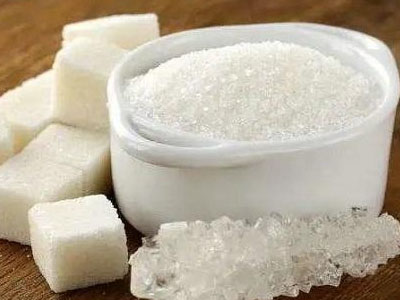
The chemical name of acesulfame is potassium acetyl sulfonate, also known as AK sugar. It is a white crystalline powder, highly soluble in water, slightly soluble in ethanol, stable to light and heat, and has a wide applicable pH range. It is one of the most stable sweeteners in the world and is widely used in various foods. It mainly imparts sweetness to foods but does not cause significant blood glucose reactions.
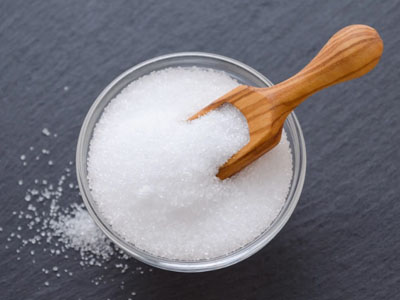
Sugar substitutes can be divided into two main categories: synthetic and natural extraction: Synthetic sugar substitutes are produced through chemical synthesis, typically including aspartame, saccharin, acesulfame, etc. They are characterized by high sweetness, low calories, or no calories.
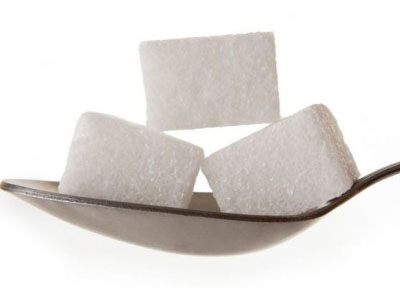
In Chinese, "代糖" (dàitáng) generally makes people first think of sugar substitutes like zero-calorie cola (aspartame). But what exactly is a sugar substitute? Initially, sugar substitutes emerged because we wanted to enjoy sweet flavors without affecting blood sugar levels or gaining weight. This led to the creation of sweetened beverages that people with diabetes could drink.
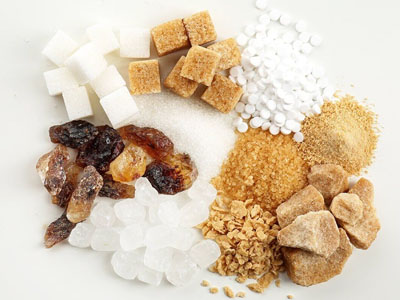
A sugar substitute (中文: 糖替代品), also known as a sugar alternative, sweetener, or sweetening agent, generally refers to food additives that give food a sweet taste. According to the Food Additives Handbook, a sweetener (甜味剂) refers to a food additive that imparts sweetness to food or feed, improves food quality, and meets people's needs for food.
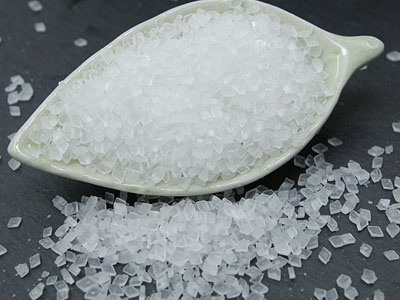
The Chinese name of sodium saccharin is 糖精钠(糖精钠盐)。.